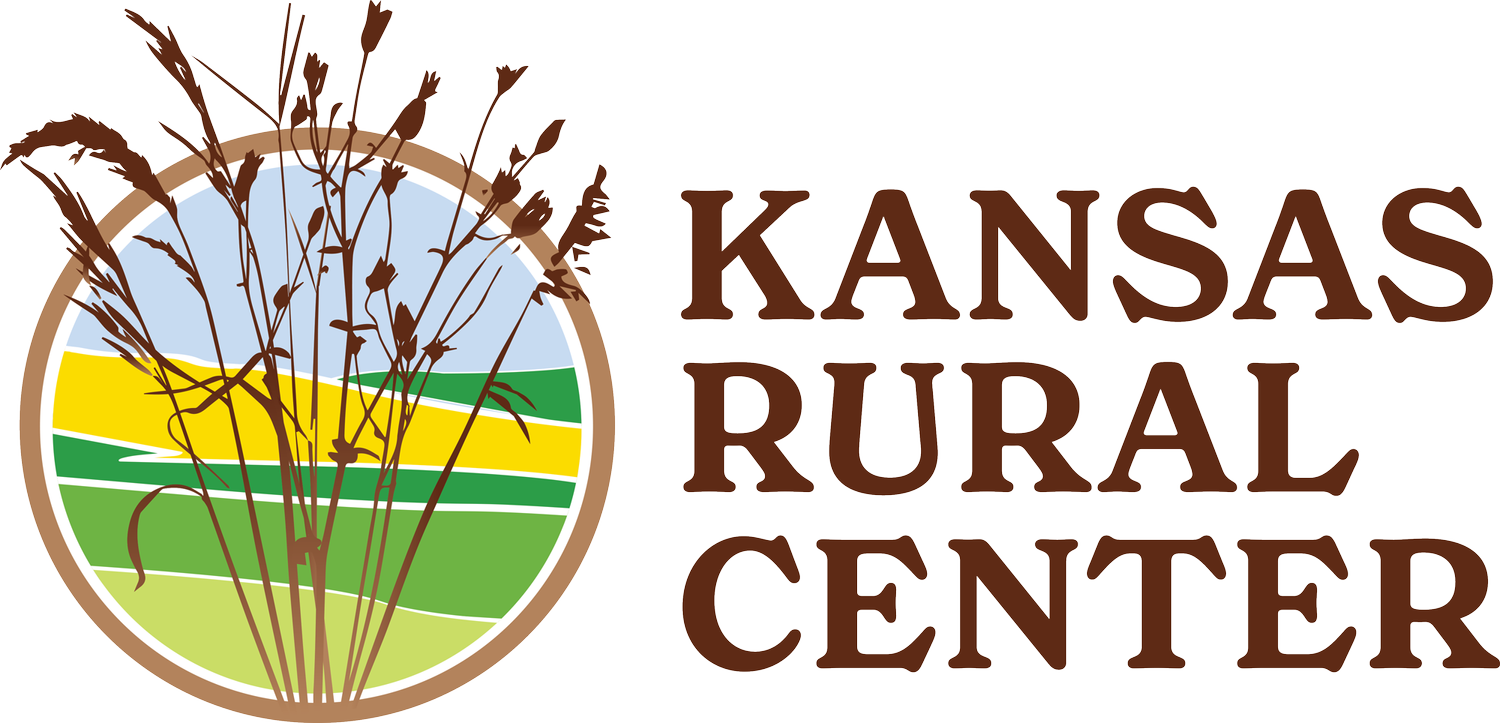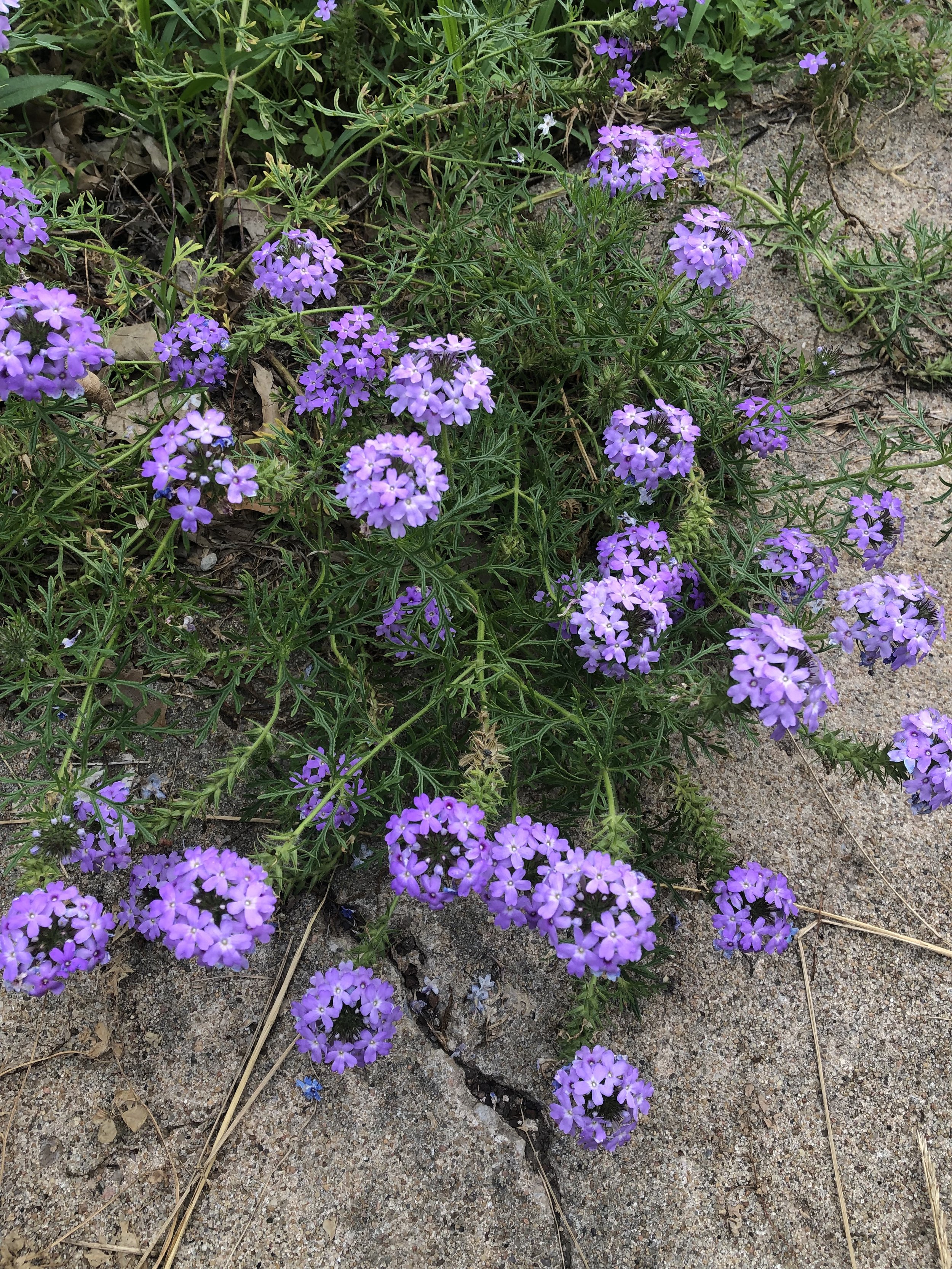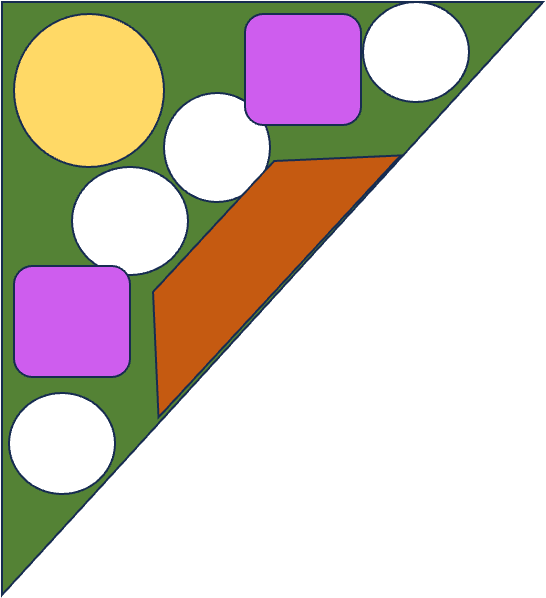Urban and Suburban Native Yards
You’ve noticed you don’t have to wipe as many bugs off of your windshield as you used to, you saw an article about how the bees are in trouble or insect numbers are collapsing, someone gifted you a native flower, you want to replace your water-guzzling, 17th-century French lawn with xeriscape...these are only a few of the things that may have brought you into conflict with the monoculture lawn you were raised with. Whatever has got your neighbors raising their eyebrows, more and more people are joining you, so don’t back down now. Here are some of the ways you may be gravitating away from the 1950’s “seed, water, fertilize, water, cut, repeat” attitude toward our front and back yards and what to do to communicate your intentions in a positive way.
Natural landscaping is usually the first noticeable deviation. Whether it is taller grass, flowers, ripping out the boxwoods and replacing them with Aronia, laying cardboard and mulch to kill turf grass, encouraging violas and white clover, the most common phrase you’ll hear is “why is your yard so messy?”. My first neighbor to say something wanted to know if I needed to borrow his mower. Was mine broken?
Let’s address the broad spectrum of city and HOA rules. First, know your rules. If the yard must be 5 inches or less and you don’t want to mow much if at all, the road of least resistance would be to find plants that generally grow to this height or below. Buffalograss, blue grama (eyelash grass), Viola sororia, wild strawberries, rose and prairie Verbena, Missouri evening primrose are all plants that will grow out instead of up. These can all take an occasional mowing if they escape the inch limit.
Prairie Verbena - Glandularia bipinnatifida
Rose Verbena - Glandularia canadensis
Missouri Evening Primrose - Oenothera macrocarpa
Common Violet - Viola sororia
Followed closely by knowing the rules, is making your changes obviously “on purpose” to those around you. Installing signs explaining what you are doing, such as: Monarch Waystation, pesticide-free-zone, pollinator habitat and more will inform and help dispel city managers’ and neighbors’ concerns.
Signs for these can be found at https://www.healthyyards.org/activities/yards-signs/. Signs for xeriscaping, urban gardening, or more personalized styles can be ordered from Etsy, SongBirdGarden.com, or anywhere that makes personalized signs. Place the sign where it can easily be seen by the casual observer - close to a mailbox or an edge of your property, not blocked by other structures.
These are the signs I have for my yard. They are all signs that require my yard to meet certain standards, such as food, water, shelter, and low pesticide and herbicide use. The Monarch Waystation sign indicates that I also have at least one type of native-to-my-area milkweed available for Monarchs. The St. Kateri Habitat denotes that I also have a spot for human enjoyment of the natural world in my yard. As you can see, my signs have started to be overgrown by my enthusiastic natives.
I often wonder how good my yard signs are for explaining their purposes. A great indication came this summer when my neighbor told me she wanted me to put my signs somewhere she could see them better. She said she loves to point out what we are doing with our yard to her friends and family, and they all like to read the signs to better understand. This is a far cry from “Do you need to borrow our mower?” and “You are bothering me with those plants. They are backyard plants!” which were both things people said to me during my first year of native landscaping.
In fact, something you should understand right now, before we go any further, is that you may encounter quite a bit of pushback your first year or two. The signs help a lot. Even then, one of those comments was made even after the first sign was there. It was made by someone who had spent their whole life with one, single image of how a front yard could look in their head. Now that we are in our fifth year of native landscaping, comments I heard this summer included “I love your yard. It’s the reason I come down this street on my walks,” and “Can my daughters pet the monarch caterpillars right here at the edge? They are always so excited to see them,” and one particular favorite from a forester called out by the power company to mark trees “I absolutely love what you are doing. I hope no one is mean, because I wish everyone everywhere was doing this.” I have heard zero negative comments this year.
A friend recently was reported to the city by her neighbor for not complying with the 12-inch rule on grass. The front yard was mowed, but the back/side yard was “messy” and tall. She had bought a prairie seed mix and successfully cultivated it. A city official agreed that not only were they glad she had installed her native mix, but she could keep her newly installed prairie if she made it look like it was “on purpose”. She bought signs and included a few small fencing designs to make it look purposeful, and has had no more problems from the city.
Have a design in mind. This will dispel a lot of your neighbors’ anxiety. Being able to explain yourself is important. Have a small, personal spiel ready so you don’t feel surprised.
Examples:
“We are planting for the bees!”
“I’m using mulch and rocks to take the place of grass so I don’t have to water as much.”
“I want to grow enough pumpkins for the kids in my neighborhood who can’t afford them.”
“Did you know that fireflies are becoming endangered? I’ve stopped using pesticides because it kills them.”
Plant design is part of your masterstroke that will bring people to your side. Although chaos gardening - throwing out a bunch of seeds and letting them go to town - is basically how nature does it, the human eye needs to be retrained to allow for this. It would be quite an accepting neighborhood indeed, where one could go from three-inch grass one year and 15-foot sunflower jungle the next.
Figure 1 (annual)
Big circle: Hollyhocks
Small circles: Roses
Boxes: Lavender Trapezoid: Begonias
Instead, I would recommend studying English gardening. Take a 3’ X 3’ X 4.24’ triangle plot. If this was an English style plot with Old World plants (Fig. 1), we could put a whole corner of yellow hollyhocks in the back, two lavender bushes on the side, four white rose bushes on either side and cheated slightly behind each lavender, with a whole host of orange begonias planted every year down front. If we are planting natives (Fig. 2), replace the hollyhocks with Rosinweed, and the lavender with Wild Blue Indigo. Replace the roses with Slender Mountain Mint and cheat them in front of the Indigo instead of behind. Replace the begonias with Butterflyweed. Every color and size has been accounted for in the switch. As with the Old World plants, natives take a couple years to grow and fill in.
Pesticide and herbicide-free zones can be established using signage, as discussed above. It will be up to you to determine whether or not you want your neighbors to know you’ve made this decision, and that you want their chemicals to stay on their property. There is a proactive and considerate way to go about this from your side of responsibility. You’ve made the choice. You’ve decided that you want them to know you don’t allow pesticides. This choice also needs a pre-planned spiel from you:
Examples:
Figure 2 (perennial)
Big circle: Rosinweed
Small Circles: Slender Mountain Mint
Boxes: Blue Wild Indigo
Trapezoid: Butterflyweed
“Please be careful spraying in this area. The chemicals you are using could kill our blueberries that we intend to eat.”
“Did you know the spray you use to kill mosquitoes kills the fireflies your grandkids were chasing? A fan would work just as well for the mosquitoes, and there would be more fireflies for your grandkids to make memories with.”
“I was wondering if we could agree that I’ll make sure my tall stuff doesn’t creep into your yard, and you’ll let me know when you spray your lawn, so I can turn my sprinklers on to protect my plants.”
These are all conversations we have orchestrated in our neighborhood, with increasing success. It can be startling for some when first addressed. It is as if your “tall yard” affects them, but their poisoned yard doesn’t affect yours. Over time, they will see that you intend to carry on as you have, and they can choose to be amenable or not. You can reassure your neighbors in many ways. Maybe you are replacing your non-native daylilies with coreopsis: offer them your daylilies. Maybe your front yard garden has a surplus of raspberries. Put them in a container and gift them. Your yard has a plethora of monarch butterflies. Offer to show their kids or grandkids the pretties. For non-amenable neighbors, you have choices. It could be as simple as another conversation. It could be more complicated. I’ve seen thousands of dollars of plants lost to a single overspray situation. Your local extension office can direct you to a place that will sample your soil and plants to determine what, if any, chemicals have come into contact with your plants. Pesticide companies, herbicide companies, and many crop farms carry overspray insurance, which is who will be reimbursing you, if it isn’t a personal overspray situation.
There are other ways you can help. For whatever reason, you may still be shying away from destroying your 17th-century French landscaping (the gardeners in charge of Versailles have replaced the non-native landscaping there with natives and have stopped spraying pesticides - you could have your own 21st-century French landscaping).
It is possible that you live in an apartment or rent your home, and don’t have control over the permanent plants in those places. Apartments that have a deck or a stoop could still contain native potted plants. Annuals such as Black-Eyed Susans, coreopsis, and Leavenworth’s eryngo are beautiful and pollinators love them.
A small dish of water with colorful stones is still a place for a bee or bird to grab a sip. Remember, they can fly several stories up! Even something as simple as shutting off your outside lights at night or closing the curtains if you are staying up late, will help moths, beetles, birds, and fireflies who all suffer when our lights stay on past the sun’s bedtime.
If you have the space, look into putting up a bat house. All of our native bats are under pressure, the same as birds. Keeping them safe and healthy keeps our ecosystem in balance.
Keeping the snag (dead tree), instead of cutting it down to the ground is incredibly helpful for birds that will use it as a nest and a grocery store. Woodpeckers will create some of the first holes, and bluebirds will often use them later. Remove large limbs that could create safety concerns. Leave as much as you are comfortable with.
Register your yard as a Homegrown National Park, joining over 32,000 people who are committed to promoting and conserving nature.
Read. Gazillions of books out there can teach and inspire you about whatever gardening or native experience you are looking for.
Listen to podcasts. I drive, because I live in the Midwest, and there are few public transportation options. Find podcasts about topics you are interested in, and listen to them while you drive, do the dishes, or fold the laundry.
Stay connected to the people who will support you. Find and follow blogs, social media groups/individuals who are planting, bug hunting, bird watching, starting community gardens, hiking, and more. Download apps to your device that will help you as you learn. Great apps for plants are PictureThis and PlantSnap. Merlin and eBird will help you identify and locate bird species. iNaturalist can help identify fungus, plants, and animals, including insects and fish as long as you can get a picture of it. Many people use the Google picture identification feature, but it does not take location into account, which is incredibly important for many species’ identification.
Rebecca Stevenson is an amateur ecologist, and owns her own native plant nursery and landscape company, Your Wildscape, LLC. She runs a school garden in Tecumseh, KS. Rebecca can be contacted at rebecca1@yourwildscape.com.










